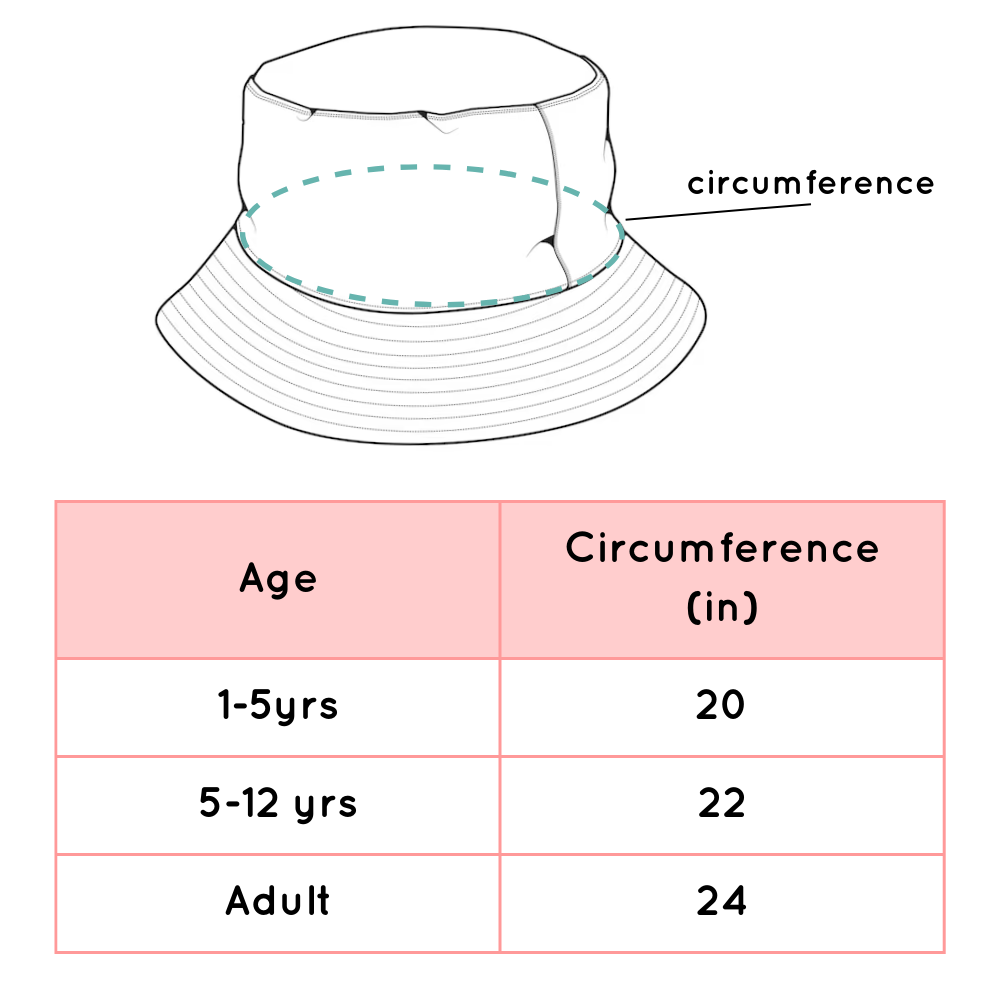Baby Carrier Safety: Common Mistakes and How to Avoid Them
Posted by SOUL BABY CARRIERS

In today’s day and age, having a baby carrier has become a necessity for parents. It allows them to be close to their children while having the freedom to do other things. You will find several types of baby carriers in the market. However, before you buy a baby carrier bag, there are a few things you need to keep in mind to ensure its safety.
Importance of Baby Carrier Safety :
A baby carrier can be of great use provided they are safe for your child's health and well-being. Here are a few things you should check while ensuring the baby carrier's safety.
- Proper Hip Development: A good baby carrier will ensure proper and healthy hip development. It will also be designed in such a manner that keeps the baby's legs in an “M” position.
- Provides Spinal Support: Your baby carrier should also offer adequate support to the baby’s spinal cord while maintaining its natural curve.
- Prevents Suffocation: An important baby-wearing safety tip is to check that the carrier has proper positioning and secure straps attached. This is necessary to prevent any suffocation and keep the baby’s airway clear.
- Provides Hands-free Convenience: The Baby carry bags for mothers should also have adjustable straps and belts so that you can multitask safely while keeping your baby close.
- Reduces Crying and Stress in Babies: Several experts suggest that babies in baby carriers tend to cry less as they feel safe and more secure. Thus, it is important that you get a baby carrier that is a snug fit and feels cozy for the baby.

Common Baby Carrier Mistakes Parents Make
While baby carrier bags are easy to use, at times improper use can lead to risks. Here are some common Baby Carrier Mistakes to avoid:
a. Inappropriate Positioning: Improper or wrong positioning of your baby can lead to discomfort and health issues. In extreme cases, it can even lead to hip dysplasia. The correct way of positioning is when the baby’s legs are supported and in the ‘M’ position and they are not too squeezed inside.
b. Keeping Loose Straps: Loose straps can cause the baby to feel insecure in the carrier as well, it can also lead to potential falls. Always double-check that all straps are securely fastened.
c. Ignoring Head Support for Newborns: Newborns don’t have the fully developed neck strength to support their heads. Thus, it's important to ensure that the carrier provides adequate head support.
d. Neglecting Weight Limits: Most baby carriers have a weight limit of 15 to 20 kilos. Overloading the carrier beyond that can strain the baby as well as suffocate them. Hence, always check the manufacturer’s guidelines before buying a carrier.
e. Inaccurate Temperatures: One of the Mistakes in Baby Carrier Use is overdressing your baby or using a thick carrier in hot weather. This can cause overheating and potential risk of suffocation for the baby.

Safety Tips for Carrying Your Baby in a Baby Carrier
Your baby’s safety is of utmost importance when it comes to buying a baby carrier bag. Here are some baby Wearing Safety Tips that you can keep in handy whenever you use a baby carrier:
a. Keep Their Face Towards You: Experts advise that when you use a baby carrier, you should always keep their face towards you near your chest. This provides them a feeling of safety and also ensures that their airways aren’t blocked.
b. Weight Appropriate Carrier: Baby carriers should be able to support the weight of your child. Thus, look for carriers as per the weight capacity and comfort..
c. Remember T.I.C.K.S.: T.I.C.K.S. is a great way to ensure that your baby is safe. Keep these principles in mind: Tight, In view at all times, Close enough to kiss, Keep your chin off the chest, and Supported back.
d. Prevent Your Baby from Curling into a C-shape: babies tend to move and curl up. Thus, it's important to note that they don’t end up in the curled-up C-shape position. This can restrict breathing and lead to suffocation. Always position your baby in a way that their spine is straight.
e. Fabrics or Material of Infant Carrier Sturdy: yet another Baby carrier safety standards are the fabrics and the material of the carrier. Check if the carrier is made of strong material and breathable fabric. Often in making the carrier lightweight, poor-quality fabrics are used. A good sturdy carrier should be able to support your baby’s weight without stretching or tearing.

Why Soul Slings Is Your One-Stop Place to Buy the Best Baby Carrier for Your Little One
When it comes to finding the best baby carrier in India, Soul Slings is your trusted partner. At Soulslings you will find only the best for your baby. The carriers available here such as Lali, Aseema, Anya etc are made from high-quality, breathable materials that ensure comfort and safety for both you and your baby. All the baby carriers are made with keeping the baby carrier safety standards in mind and with an ergonomic design that supports the proper hip development of your baby.

FAQs
1. How long can a baby be in a baby carrier?
- A baby can be in a carrier for a few hours at a time, but it’s essential to take breaks to allow the baby to stretch and move freely.

2. How to know if a baby carrier is safe?
- Ensure the carrier meets safety standards, supports proper hip and spinal alignment, and has secure fastenings.
3. How to choose the best baby carrier?
- Consider your baby’s age, weight, and your lifestyle. Look for features like adjustable straps, breathable materials, and proper support.
4. Is a baby carrier safe for newborns?
- Yes, as long as the carrier offers adequate head and neck support and is used according to safety guidelines.






